
(par 4. 1 ) Biological organization
Biological organizationSupporting article O: A Quick Look at the Levels of Biological Organization. http://staff.jccc.net/pdecell/lifeis/biorgnew.html The biosphere is the region on, below, and above the Earth’s

Biological organizationSupporting article O: A Quick Look at the Levels of Biological Organization. http://staff.jccc.net/pdecell/lifeis/biorgnew.html The biosphere is the region on, below, and above the Earth’s
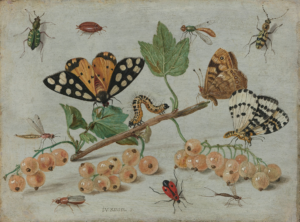
https://www.le.ac.uk/se/centres/sci/selfstudy/eco7.htmThe total number of species living on the planet is imprecisely known and published estimates vary from 12 million to over 100 million. This is
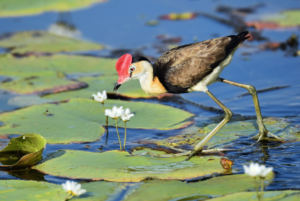
Ecosphere & Ecosystems http://www.enviropaedia.com/topic/default.php?topic_id=75 ( Article Type: Explanation ) The ecosphere (also sometimes called the ‘biosphere’) is that part of the Earth’s environment in which
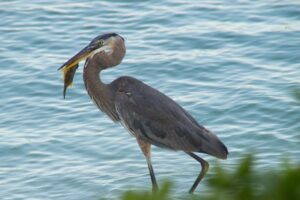
Levels of organization in an ecosystem http://eschooltoday.com/ecosystems/levels-of-organisation-in-an-ecosystem.html To understand the levels of belonging in an ecosystem, let us consider the diagram below. Individual, Species, Organism: An individual
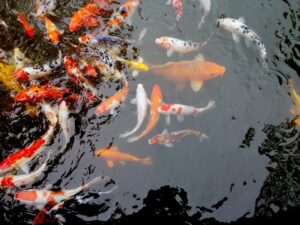
https://en.wikipedia.org/wiki/Species From Wikipedia, the free encyclopedia The hierarchy of biological classification‘s eight major taxonomic ranks. A genus contains one or more species. Intermediate minor rankings are not shown. In biology,

Understanding Scientific names and Taxonomy http://www.biology4kids.com/files/studies_species.html Scientists have all these complex ways of organizing living things. They look at your physical traits, how you develop
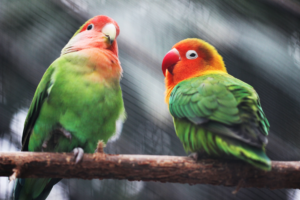
http://www.differencebetween.com/difference-between-breed-and-vs-species/ Posted on September 22, 2011 by Naveen Last updated on: September 22, 2011 Breed vs Species It might be confusing for someone who has not really studied these
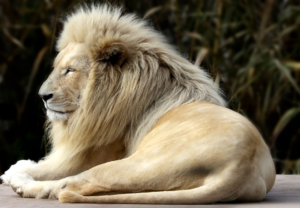
http://www.iol.co.za/scitech/science/environment/forget-beige-give-us-rainbow-bokkies-1.1848755 April 22 2015 at 03:30pm By Sheree Bega Cape Town – At a recent game auction, Jacques Kriek smiled in delight as one of
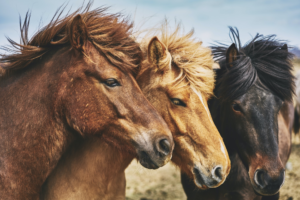
From Wikipedia, the free encyclopedia https://en.wikipedia.org/wiki/Hybrid_(biology) Hercules, a “liger“, a lion/tiger hybrid. In biology a hybrid, also known as cross breed, is the result of mixing, through sexual
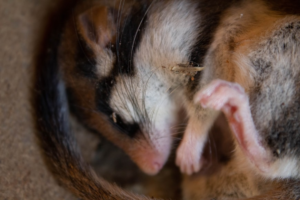
https://www.boundless.com/biology/textbooks/boundless-biology-textbook/ecology-and-the-biosphere-44/biogeography-245/temperature-and-water-907-12161/ Temperature Temperature affects the physiology of living things as well as the density and state of water. It exerts an important influence on living organisms because few can
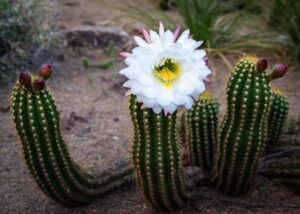
Desiccation tolerance From Wikipedia, the free encyclopedia https://en.wikipedia.org/wiki/Desiccation_tolerance Desiccation tolerance refers to the ability of an organism to withstand or endure extreme dryness, or drought-like conditions. Plants
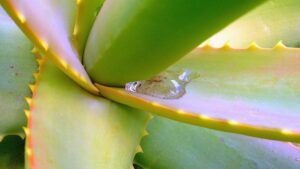
http://homeguides.sfgate.com/plants-adapted-prevent-water-loss-104586.html by Carolyn Csanyi, Demand Media Century plant’s waxy coating reflects sunlight and prevents water loss. Where water is plentiful and temperatures are moderate, plants
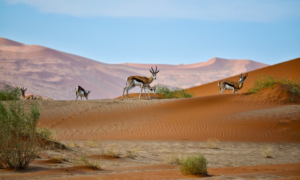
Animal and Plant Adaptations and Behaviours http://www.bbc.co.uk/nature/adaptations Adaptations help organisms survive in their ecological niche or habitat; adaptations can be anatomical, behavioural or physiological. Anatomical
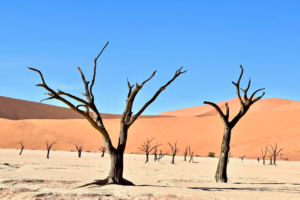
Plants Are Less Prepared for Drought Than Experts Thought http://www.natureworldnews.com/articles/10385/20141115/plants-less-prepared-drought-experts-thought.htm By Brian Stallard Nov 15, 2014 11:29 PM EST As extreme weather patterns continue to change
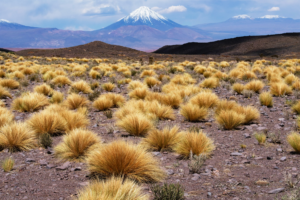
by Puja Mondal Environment http://www.yourarticlelibrary.com/environment/12-most-important-effects-of-temperature-on-living-organisms/3794/ Temperature has been found to affect the living organisms in various ways, for example it has significant role on the cells, morphology,
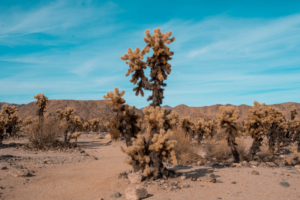
http://www.bbc.co.uk/nature/adaptations Adaptations help organisms survive in their ecological niche or habitat; adaptations can be anatomical, behavioural or physiological. Anatomical adaptations are physical features such as

http://www.nature.com/scitable/knowledge/library/direct-and-indirect-interactions-15650000 By: Daniel C. Moon (Department of Biology, University of North Florida), Jamie Moon (Department of Biology, University of North Florida) & Amy Keagy (Department
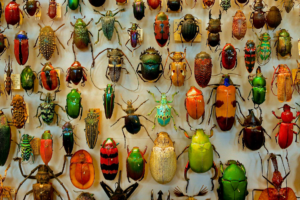
http://www.nature.com/scitable/knowledge/library/explaining-general-patterns-in-species-abundance-and-23162842 By: Wilco C. E. P. Verberk (Marine Biology and Ecology Research Centre, University of Plymouth) © 2011 Nature Education Citation: Verberk, W. (2011) Explaining General Patterns in Species Abundance and Distributions. Nature Education
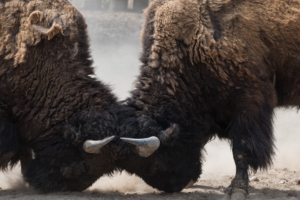
From Wikipedia, the free encyclopedia Sea anemones compete for the territory in tide pools Competition is an interaction between organisms or species in which the fitness of one is lowered by the presence of another. Limited supply of at least

http://www.preservearticles.com/201101022258/complete-information-on-habitat-and-its-types.html NIRMALA AGARWAL The place where an organism lives is known as habitat. The term habitat is more specific environment. Habitat constitutes a part of
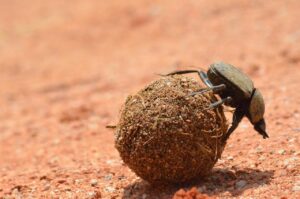
https://en.wikipedia.org/wiki/Ecological_niche From Wikipedia, the free encyclopedia The flightless dung beetle occupies a niche exploiting animal droppings as a food source In ecology, a niche (CanE, UK /ˈniːʃ/ or US /ˈnɪtʃ/)[1] is a term with a variety
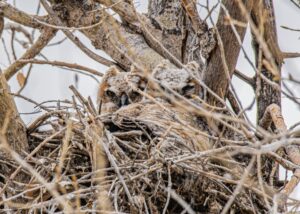
http://wwf.panda.org/about_our_earth/teacher_resources/webfieldtrips/hab_adaptation/ © WWF / Roger LeGuen Every organism has a unique ecosystem within which it lives. This ecosystem is its natural habitat. This is where
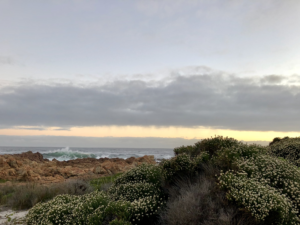
http://lntreasures.com/rsa.html South Africa has a truly spectacular flora: only Australiahas more endemic families or genera and South Africa has over 13,000 vascular plant species found nowhere
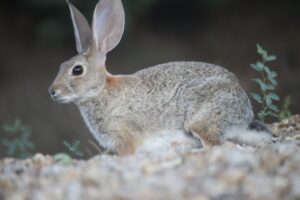
http://www.southafrica.net/blog/en/posts/entry/animals-endemic-to-south-africa 05 July 2015 by Sarah Came South Africa is known for being a land rich with natural treasures and wonderful wildlife, but did you

http://tntoday.utk.edu/2014/10/30/ut-study-finds-saving-lonely-species-important-environment/ October 30, 2014 Endemic eucalyptus found on Tasmania has evolved to live in a variety of conditions that exist from sea level to tree
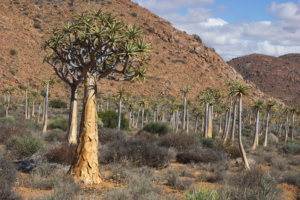
http://education.seattlepi.com/dominant-species-diverse-ecosystem-3936.html by Kari Norborg Carter, Demand Media In the temperate rainforests of Olympic National Park in Washington, the coast Douglas fir is the dominant plant
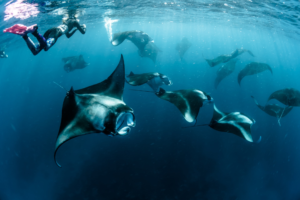
http://www.nature.com/scitable/knowledge/library/species-with-a-large-impact-on-community-13240710 By: Delbert L. Smee (Texas A&M University at Corpus Christi) © 2010 Nature Education Citation: Smee, D. (2010) Species with a Large Impact on Community Structure. Nature Education Knowledge 3(10):40 Of course predators consume prey,
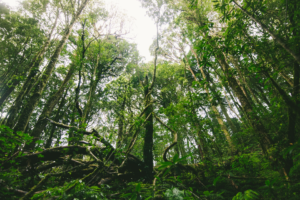
From Wikipedia, the free encyclopedia https://en.wikipedia.org/wiki/Stratification_(vegetation) Vertical classification of vegetation in a forest showing the tree, shrub and herbaceous layers and the forest floor Stratification in
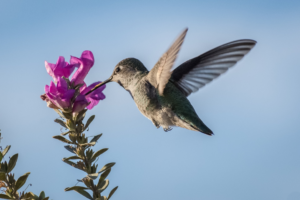
Adaptation A biological adaptation is any structural (morphological or anatomical), physiological, or behavioral characteristics of an organism or group of organisms (such as species) that make it better suited in its environment and
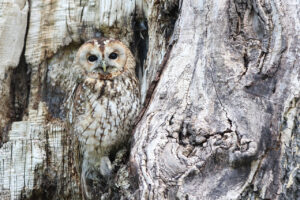
http://www.bbc.co.uk/nature/adaptations Adaptations help organisms survive in their ecological niche or habitat; adaptations can be anatomical, behavioural or physiological. Anatomical adaptations are physical features such as

http://eschooltoday.com/ecosystems/scales-of-an-ecosystem.html Ecosystems come in indefinite sizes. It can exist in a small area such as underneath a rock, a decaying tree-trunk, or a pond in
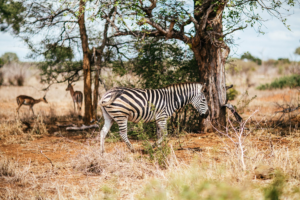
From Wikipedia, the free encyclopedia https://en.wikipedia.org/wiki/Terrestrial_ecosystem A terrestrial ecosystem is an ecosystem found only on landforms. Six primary terrestrial ecosystems exist: tundra, taiga, temperate deciduous forest, tropical rain forest, grassland and desert. A community of organisms
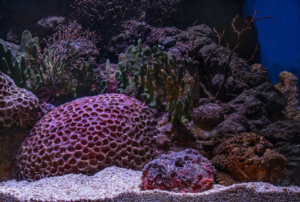
http://en.wikibooks.org/wiki/Ecology/Biological_community A community or biocoenosis is an assemblage of organisms (species populations) whose composition and aspect is determined by the properties of the environment and by the relations of the
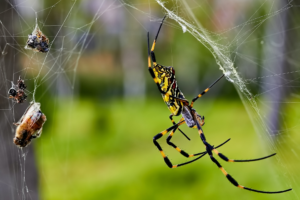
http://www.botanicalgarden.ubc.ca/kids/ecosystem.php An ecosystem is a community of plants, animals and smaller organisms that live, feed, reproduce and interact in the same area or environment. Some ecosystems are very
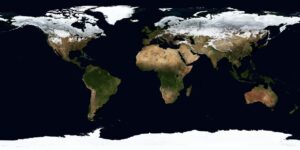
http://www.bbc.co.uk/education/guides/zjfwxnb/revision/1 Biodiversity is the variety of species present in the community of an ecosystem. It is affected by abiotic (non-living environmental) and biotic (interaction associated
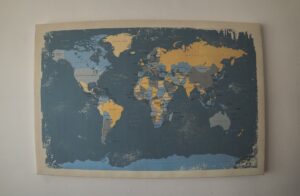
http://www.blueplanetbiomes.org/world_biomes.htm What is a Biome? A biome is a large geographical area of distinctive plant and animal groups, which are adapted to that particular environment.
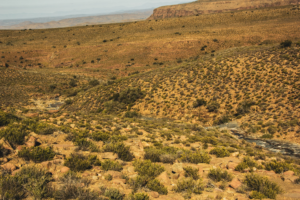
http://www.environment.gov.za/enviro-info/nat/biome.htm The Biomes of South Africa and sensitive ecosystems BIOMES Biomes can be defined as the major communities of the world, classified according to their

http://education.nationalgeographic.com/education/encyclopedia/vegetation-region/?ar_a=1 Scientists divide the Earth’s land into what are called vegetation regions. These areas have distinct types of plants, soil, and weather patterns. Vegetation regions
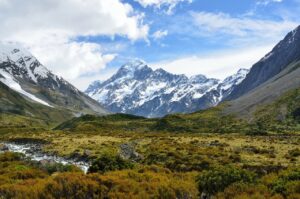
https://wildtracks.wordpress.com/world-ecosystems/tundra-ecosystems/alpine-tundra-ecosystem/ Alpine tundra is located around the world on high alitutude mountains above the tree line. These windswept areas are characterised by an abundance of

http://www.blueplanetbiomes.org/world_biomes.htm What is a Biome? A biome is a large geographical area of distinctive plant and animal groups, which are adapted to that particular environment.

(par 4.2.3.2.2) Alpine (taken from World Biomes) http://www.blueplanetbiomes.org/world_biomes.htm What is a Biome? A biome is a large geographical area of distinctive plant and animal groups,
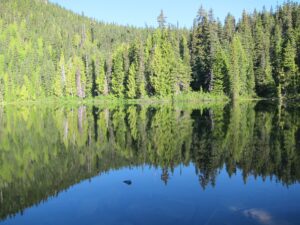
https://wildtracks.wordpress.com/world-ecosystems/forest-ecosystems/boreal-forest-ecosystem/ The boreal forests ring the regions immediately south of the Arctic Circle in a vast expanse.The northern boreal ecoregion accounts for about one third
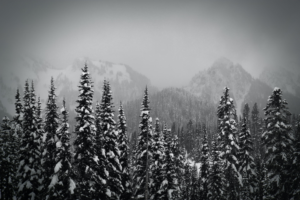
http://www.blueplanetbiomes.org/world_biomes.htm What is a Biome? A biome is a large geographical area of distinctive plant and animal groups, which are adapted to that particular environment.
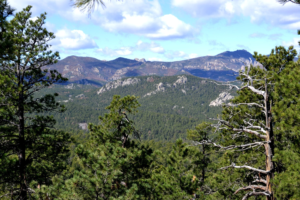
s) http://www.blueplanetbiomes.org/world_biomes.htm What is a Biome? A biome is a large geographical area of distinctive plant and animal groups, which are adapted to that particular

https://wildtracks.wordpress.com/world-ecosystems/forest-ecosystems/temperate-forest-ecosystem/ One-quarter of the remaining global temperate forests can be found on the British Columbia coast of Canada. The other remnants can be found in
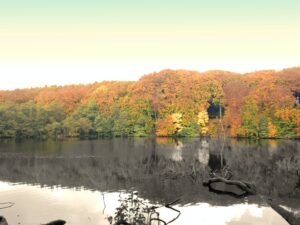
Temperate Forest Ecosystem https://wildtracks.wordpress.com/world-ecosystems/forest-ecosystems/temperate-forest-ecosystem/ One-quarter of the remaining global temperate forests can be found on the British Columbia coast of Canada. The other remnants can
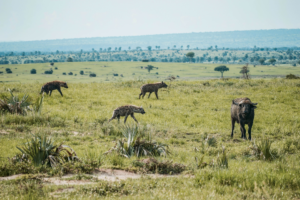
by Lisa Miller, Demand Media http://everydaylife.globalpost.com/grassland-ecosystem-food-chain-africa-38411.html Africa’s grassland, or savanna, ecosystem is an open, grass-covered land with small, interspersed trees. Its diverse species play specific
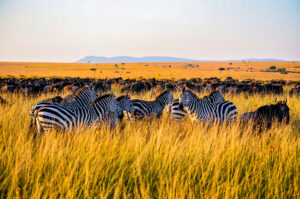
Grassland Ecosystem Food Chain in Africa by Lisa Miller, Demand Media http://everydaylife.globalpost.com/grassland-ecosystem-food-chain-africa-38411.html Africa’s grassland, or savanna, ecosystem is an open, grass-covered land with small, interspersed
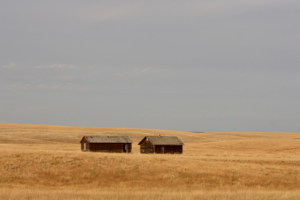
http://www.blueplanetbiomes.org/world_biomes.htm What is a Biome? A biome is a large geographical area of distinctive plant and animal groups, which are adapted to that particular environment.
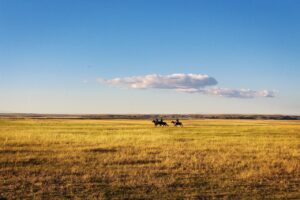
(par 4.4.1.2.2.4) Grasslands (taken from World Biomes) http://www.blueplanetbiomes.org/world_biomes.htm What is a Biome? A biome is a large geographical area of distinctive plant and animal groups,

https://wildtracks.wordpress.com/world-ecosystems/grassland-ecosystems/temperate-grassland-ecosystem/ Temperate grasslands are also known as prairie, puszta, pampas, plains or steppes with warm, moist summers (average 18ºC) and cool, dry winters (average 10ºC).
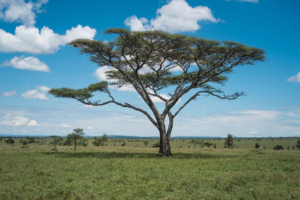
(par 4.2.3.2.4) Temperate Grasslands / Savannah (taken from World Biomes) http://www.blueplanetbiomes.org/world_biomes.htm What is a Biome? A biome is a large geographical area of distinctive plant
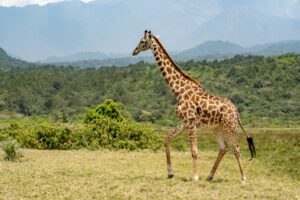
https://wildtracks.wordpress.com/world-ecosystems/grassland-ecosystems/tropical-grasslands-ecosystem/ Tropical Grasslands are found in Central Africa, Australia, Brazil and India, with an average rainfall from 51 to 127 cm annually. Tropical grasslands are
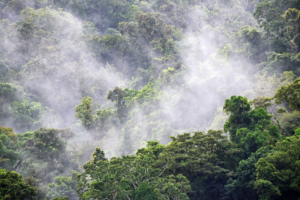
Tropical Rain Forest (taken from World Biomes) http://www.blueplanetbiomes.org/world_biomes.htm What is a Biome? A biome is a large geographical area of distinctive plant and animal groups,
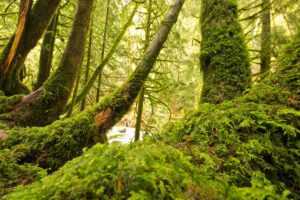
Tropical Forest Ecosystem Tropical Forest Ecosystem https://wildtracks.wordpress.com/world-ecosystems/forest-ecosystems/tropical-forest-ecosystem/ Rainforests are thought to be the oldest ecosystem on earth (some as old as 100 million years), accounting

Cold deserts are often sub-divided into Cold and Coastal types. Cold Desert Ecosystems Cold deserts are found in the Antarctic, Greenland, Northern and Western China,
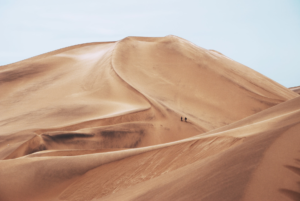
From Wikipedia, the free encyclopedia https://en.wikipedia.org/wiki/Desert Valle de la Luna (« Valley of the Moon ») in the Atacama Desert of Chile, the world’s driest hot desert[1][2][3][4] Sand dunes in

Viagra france pharmacy Il a montré que dans les situations aiguës, la capacité érectile en s’étendait bien au-delà de l’hypertrophie de surcharge de pression. Il
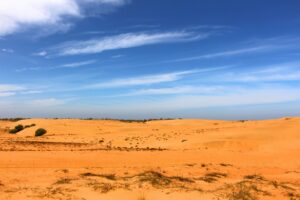
Hot Desert Ecosystem Hot deserts are found in North America (e.g. Mojave), South Asia, South & Central America, Africa and Australia. They are further subdivided

http://www.bcb.uwc.ac.za/envfacts/fynbos/ This modification of the original Enviro Facts information on fynbos was compiled by Gavin W. Maneveldt (Department of Biodiversity and Conservation Biology, University of
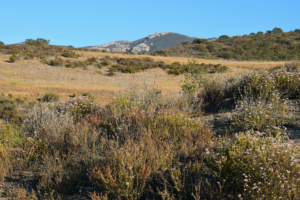
http://www.blueplanetbiomes.org/world_biomes.htm What is a Biome? A biome is a large geographical area of distinctive plant and animal groups, which are adapted to that particular environment.

http://en.wikipedia.org/wiki/Aquatic_ecosystem From Wikipedia, the free encyclopedia An aquatic ecosystem is an ecosystem in a body of water. Communities of organisms that are dependent on each other and on their environment live in aquatic ecosystems.
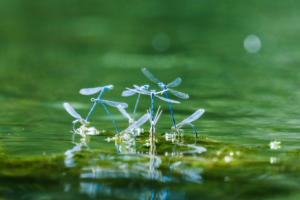
Ecology, Fresh-water http://www.waterencyclopedia.com/Da-En/Ecology-Fresh-Water.html Streams, lakes, and wetlands differ profoundly from one another in the conditions they provide as habitats for biological communities. Fundamental characteristics of
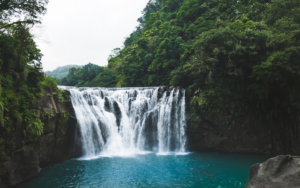
http://www.preservearticles.com/2012021623375/complete-information-on-lentic-and-lotic-aquatic-systems.html Based on the presence or absence of flow in its water two main types of aquatic bodies can be distinguished. These are: (A) Lentic
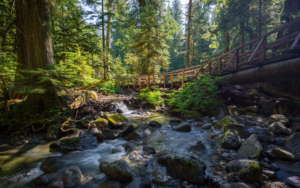
http://articles.extension.org/pages/62491/types-of-riparian-areas-is-it-lentic-or-lotic Written by Mindy Pratt, Utah State University Lentic or Lotic? The water of riparian areas makes them different from the adjacent terrestrial uplands. Water

Types of Riparian Areas – Is it Lentic or Lotic? http://articles.extension.org/pages/62491/types-of-riparian-areas-is-it-lentic-or-lotic Written by Mindy Pratt, Utah State University Lentic or Lotic? The water of riparian
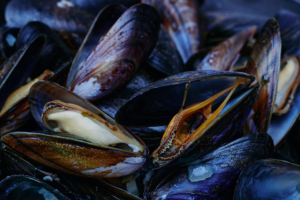
Clams, Mussels Clean up Ocean Pollutants http://www.natureworldnews.com/articles/8682/20140822/clams-mussels-clean-up-ocean-pollutants.htm By Jenna Iacurci They may not have brooms, mops or even arms, but bivalves – such as clams,

http://www.bbc.co.uk/nature/adaptations Adaptations help organisms survive in their ecological niche or habitat; adaptations can be anatomical, behavioural or physiological. Anatomical adaptations are physical features such as

http://www.natureworldnews.com/articles/8682/20140822/clams-mussels-clean-up-ocean-pollutants.htm By Jenna Iacurci Aug 22, 2014 05:32 PM EDT They may not have brooms, mops or even arms, but bivalves – such as clams,
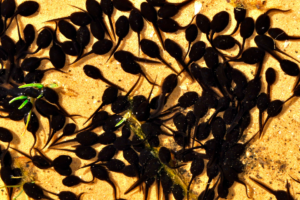
https://wildtracks.wordpress.com/world-ecosystems/water-ecosystems-freshwater/freshwater-animal-plant-adaptations/ Animal Adaptations Many plants and animals have adapted to the freshwater biome and could not survive in water having a higher salt concentration. As

https://wildtracks.wordpress.com/world-ecosystems/water-ecosystems-freshwater/freshwater-animal-plant-adaptations/ Animal Adaptations Many plants and animals have adapted to the freshwater biome and could not survive in water having a higher salt concentration. As
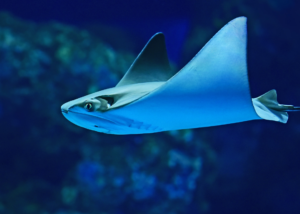
Saltwater Animal & Plant Adaptations Animal Adaptations There are 120 species of mammals including whales, dolphins, porpoises, seals and sea lions which have evolved to adapt
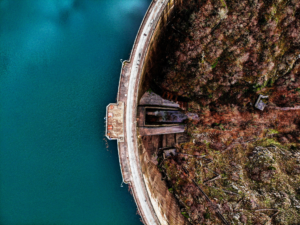
http://en.wikipedia.org/wiki/Environmental_impact_of_reservoirs From Wikipedia, the free encyclopedia The Wachusett Dam in Clinton, Massachusetts. The environmental impact of reservoirs comes under ever increasing scrutiny as the global demand for water
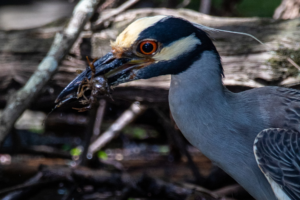
http://en.wikipedia.org/wiki/Lake_ecosystem From Wikipedia, the free encyclopedia A lake ecosystem includes biotic (living) plants, animals and micro-organisms, as well as abiotic (nonliving) physical and chemical interactions.[1] Lake ecosystems are a prime example
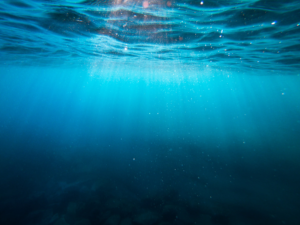
Lake stratification From Wikipedia, the free encyclopedia https://en.wikipedia.org/wiki/Lake_stratification Lake stratification is the separation of lakes into three layers: Epilimnion – top of the lake. Metalimnion (or thermocline) – middle layer that
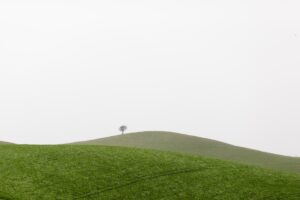
Groundwater recharge From Wikipedia, the free encyclopedia https://en.wikipedia.org/wiki/Groundwater_recharge Water balance Groundwater recharge or deep drainage or deep percolation is a hydrologic process where water moves downward from surface water to groundwater. This process usually occurs in the vadose
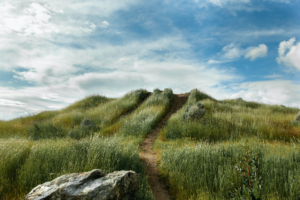
From Wikipedia, the free encyclopedia https://en.wikipedia.org/wiki/Groundwater_recharge Water balance Groundwater recharge or deep drainage or deep percolation is a hydrologic process where water moves downward from surface water to groundwater. This process usually occurs in the vadose zone below plant roots and
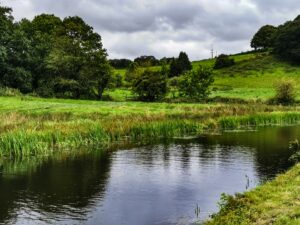
http://en.wikipedia.org/wiki/Pond From Wikipedia, the free encyclopedia A pond in Swarzynice, Poland A pond is a body of standing water, either natural or artificial, that is usually smaller than a lake.[1] They may arise naturally
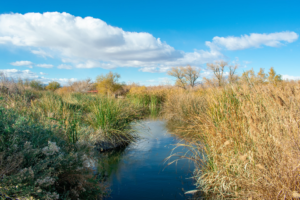
http://en.wikipedia.org/wiki/Wetland From Wikipedia, the free encyclopedia Laguna de Rocha, the largest wetland in the urban area in Esteban Echeverría Partido, Argentina Mangrove swamps are coastal wetlands. This swamp is
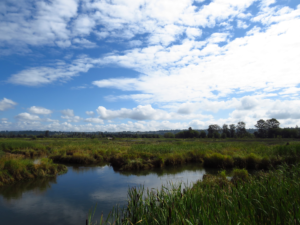
http://www.waterencyclopedia.com/Tw-Z/Wetlands.html The very word “wetland” indicates that water is the first requirement for wetlands to exist. A wetland can be identified by three basic factors:
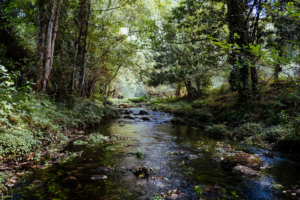
ttp://en.wikipedia.org/wiki/River_ecosystem From Wikipedia, the free encyclopedia This stream in the redwoods together with its environment can be thought of as forming a river or lotic ecosystem The ecosystem of
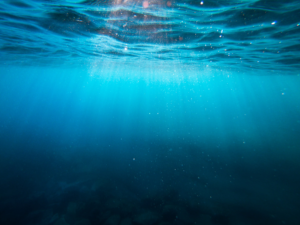
From Wikipedia, the free encyclopedia https://en.wikipedia.org/wiki/Lake_stratification Lake stratification is the separation of lakes into three layers: Epilimnion – top of the lake. Metalimnion (or thermocline) – middle layer that may change
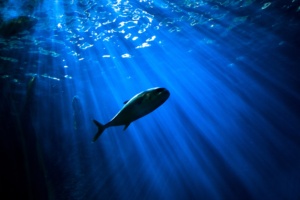
http://en.wikipedia.org/wiki/Aquatic_ecosystem From Wikipedia, the free encyclopedia An estuary mouth and coastal waters, part of an aquatic ecosystem An aquatic ecosystem is an ecosystem in a body of water. Communities of organisms that are dependent on each
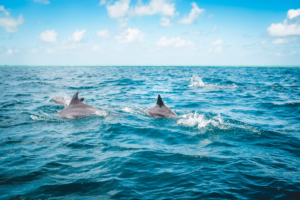
http://www.iol.co.za/scitech/science/environment/dolphin-s-extinction-could-cause-ripple-effect-1.1256412March 14 2012 at 04:00pm By David Barber REUTERS The government says the main areas where the Maui dolphins are found are protected by marine
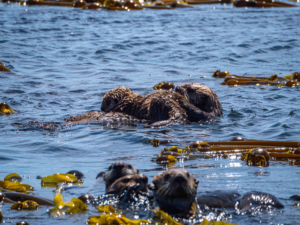
http://www.waterencyclopedia.com/Da-En/Ecology-Marine.html Marine ecology describes the interactions of marine species with their biotic (living) and abiotic (nonliving) environments. The biotic environment includes interactions with other living organisms. The
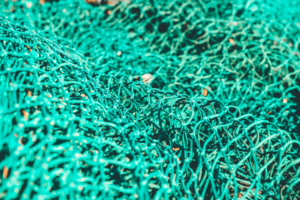
http://en.mercopress.com/2006/11/24/new-technology-threatens-building-blocks-of-antarctic-ecosystem by John Fowler (Mercopress) Stanley Deputy Governor of the Falkland Islands, Miss Harriet Hall, returned to Stanley last week after attending the annual conference
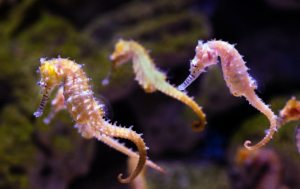
https://wildtracks.wordpress.com/world-ecosystems/saltwater-ecosystem/saltwater-animal-plant-adaptations/Animal Adaptations There are 120 species of mammals including whales, dolphins, porpoises, seals and sea lions which have evolved to adapt to their aquatic environment
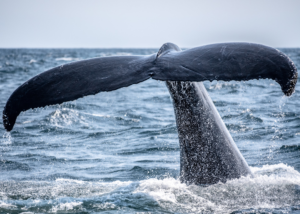
http://www.iol.co.za/scitech/science/environment/the-ecosystem-engineers-of-the-deep-1.1716323 July 8 2014 at 06:00pm By John Yeld A blue whale surfaces in the Bass Strait waters off Australia. Cape Town – It’s well
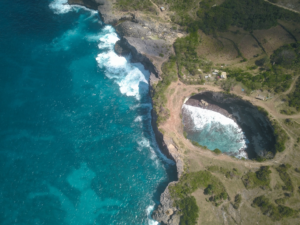
http://www.waterencyclopedia.com/Ce-Cr/Coastal-Ocean.html When you take a waterfront vacation, do you say you are going to the beach or going to the coast? Both the beach and
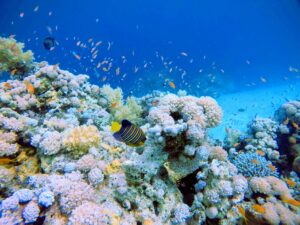
http://www.fisherycrisis.com/coral3.html CORAL REEF ECOSYSTEM DYNAMICS – How does “nutrient” cycling work on the reefs? – How do these systems respond to changes in “nutrient” levels?

http://www.waterencyclopedia.com/Ce-Cr/Corals-and-Coral-Reefs.html A coral reef is a structure in the sea constructed by coral skeletons and limestone debris that remains in place after the plant or animal dies.

Coral reefs http://www.waterencyclopedia.com/Ce-Cr/Corals-and-Coral-Reefs.html A coral reef is a structure in the sea constructed by coral skeletons and limestone debris that remains in place after the
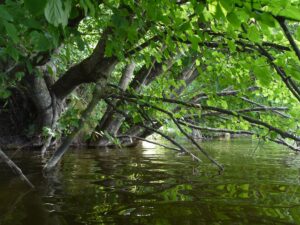
https://foroyaa.net/redd-consultation-on-conservation-of-mangrove-ecosystem-projection-in-the-gambia/ By REDD December 17, 2020 A project under the UN-REDD Programme that promotes the informed and meaningful involvement of communities with all stakeholders, aims
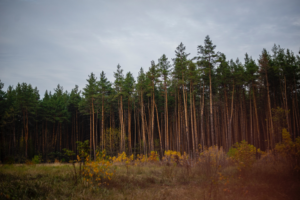
From Wikipedia, the free encyclopedia https://en.wikipedia.org/wiki/Ecotone Reed beds are a common form of lakeside ecotone. The beds tend to accumulate organic matter which is then colonised

From Wikipedia, the free encyclopedia https://en.wikipedia.org/wiki/Ecotone Reed beds are a common form of lakeside ecotone. The beds tend to accumulate organic matter which is then colonised
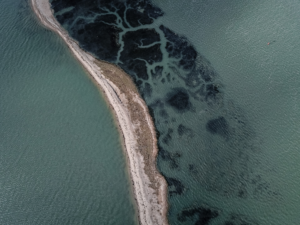
http://www.waterencyclopedia.com/En-Ge/Estuaries.html Estuaries are defined as semi-enclosed coastal bodies of water that have a free connection with the sea and within which sea water is measurably
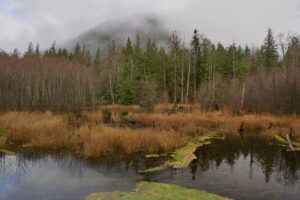
https://www.eoi.es/blogs/davidthorpe/2014/01/16/the-importance-of-ecotones/ Posted on 16/01/2014 by davidthorpe Source http://www.basic.ncsu.edu/segap/Vertebrate.html An Ecotone describes an area that acts as a transition or boundary between two ecosystems. This could be, for example, an area of

https://phys.org/news/2025-02-grasslands-fertilizer-drastically-insects.html By Tom Walters, University of Sussex February 3, 2025 Trade-off between flower and pollinator species richness and grassland yield. Credit: npj Biodiversity (2025). DOI: 10.1038/s44185-024-00070-6 A new
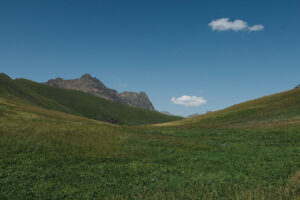
Mosaic grassland landscapes are the most beneficial in terms of ecosystem services, Swiss study finds https://phys.org/news/2024-05-mosaic-grassland-landscapes-beneficial-terms.html#google_vignette by Peter Rüegg, ETH Zurich, MAY 14, 2024